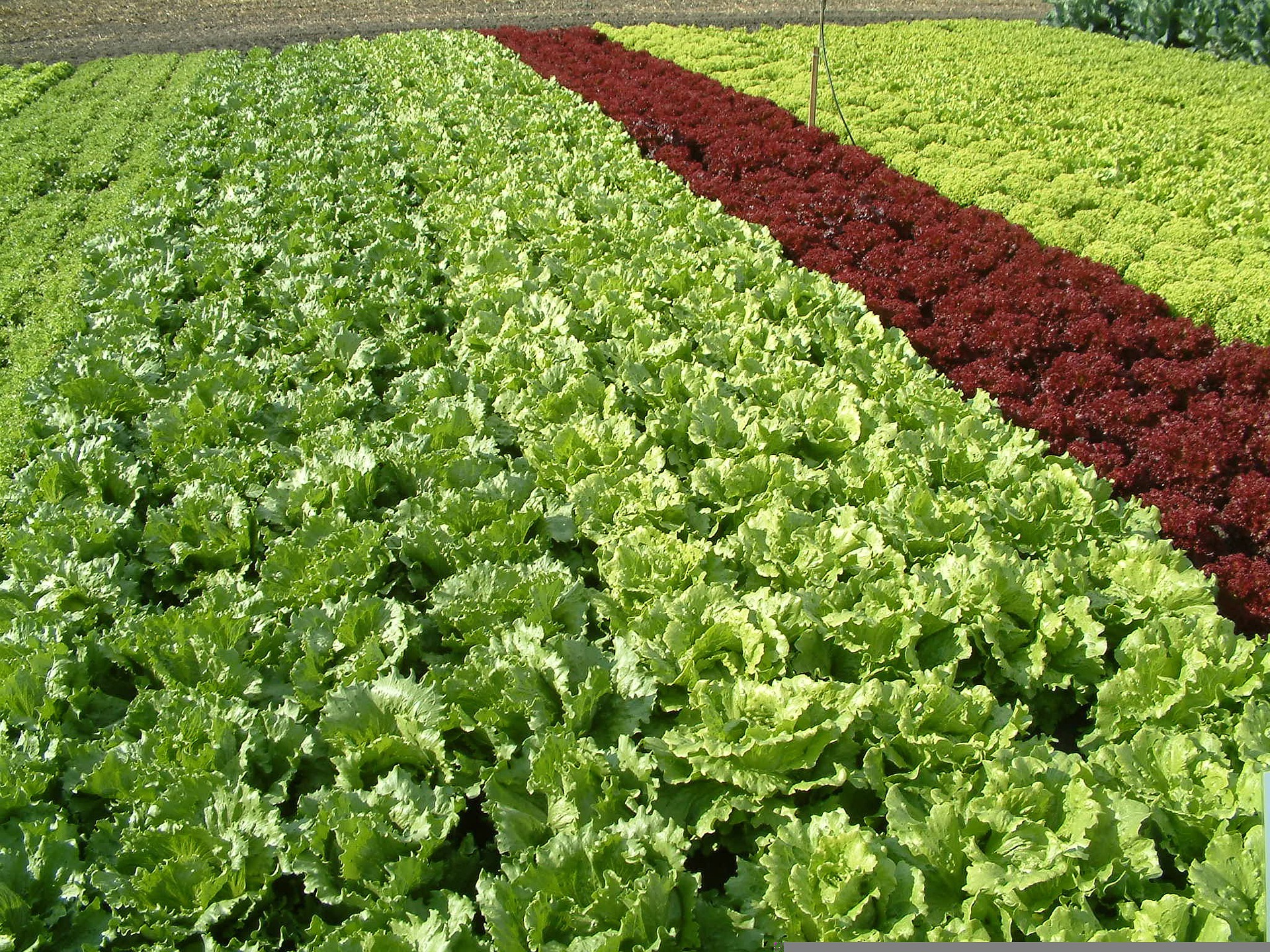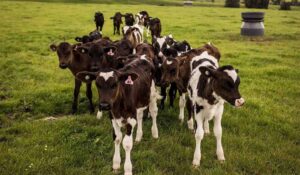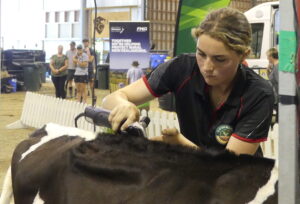The government has released a National Policy Statement for Highly Productive Land (NPS-HPL), which it says will enhance protection for the country’s most productive land, providing security for both our domestic food supply and primary exports.
“The National Policy Statement will greatly improve how we protect highly-productive land from inappropriate subdivision, use and development,” Environment Minister David Parker said.
“We need to house our people and to feed them too. Our cities and towns need to grow but not at the expense of the land that’s best suited to grow our food.
“The NPS-HPL will help protect our best growing areas so Kiwis continue to have access to leafy greens and other healthy foods.”
Councils would be required to identify, map and manage highly productive land to ensure it was available for growing vegetables, fruit and other primary production, now and into the future, he said.
“Councils, in limited circumstances, will still be able to rezone highly-productive land for urban housing if less productive land is not available, or if certain tests can be met,” he said.
“However, the NPS-HPL will introduce strong restrictions on the use of highly productive land for new rural lifestyle developments.”
Agriculture and Trade Minister Damien O’Connor said highly productive land provides food for New Zealanders, significant economic and employment benefits to communities and underpins the value of New Zealand’s primary sector.
“Our Fit for a Better World roadmap that we developed with the sector will add $44 billion over 10 years to our primary sector exports, but is dependent on maintaining access to our highly productive soils,” Mr O’Connor said.
“Today’s changes enhance protection for our highly productive land giving farmers, growers, and other food producers certainty into the future, and provide greater economic security for all New Zealanders.”
Over the past 20 years, about 35,000 hectares of highly productive land had been carved up for urban or rural residential development, while 170,000 hectares of this land had been converted to lifestyle blocks, he said.
“Once land is built on, it can no longer be used to grow food and fibre. That’s why we are moving to protect our most fertile and versatile land, especially in our main food production areas like Auckland, Waikato, Hawke’s Bay, Horowhenua and Canterbury,” Mr O’Connor said.
Associate Agriculture Minister Meka Whaitiri said the government worked closely with local authorities, industry, growers, and Māori organisations to develop a policy that was workable and fit-for-purpose.
The NPS-HPL will be transitioned into the two Acts replacing the Resource Management Act – the Spatial Planning Act (SPA) and the Natural and Built Environments Act (NBA).
The NPS-HPL 2022 will be available online at: environment.govt.nz/publications/national-policy-statement-for-highly-productive-land.

The competition objective is to recognise excellence in Māori horticulture File Photo: PIXABAY



